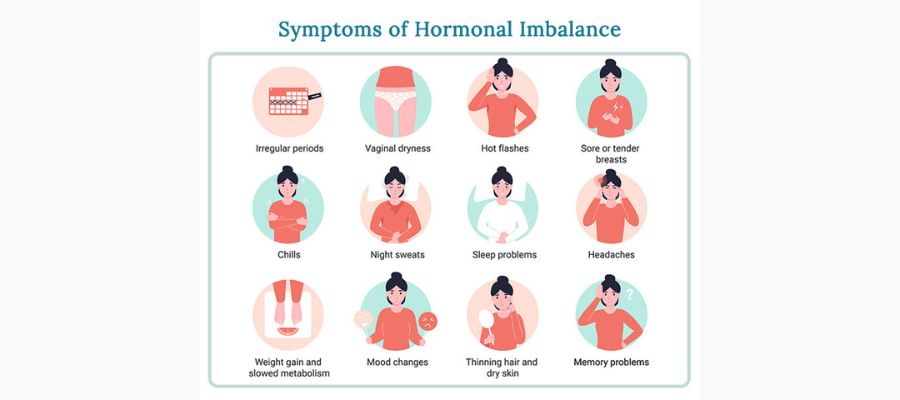
SCIENTIFIC NAME: Vitex negundo
HINDI NAME: Nirgundi, Sinduvara
ENGLISH NAME: Five-leaved chaste tree
FAMILY: Lamiaceae
SHORT DESCRIPTION
Nirgundi is known as 'sarva-roga-nivarini' (the remedy for many diseases) in Indian traditional circles. It has several active chemical elements, mostly flavonoids, in various sections of the plant, including the leaves and twigs, bark, seeds, and roots. It has a pungent and bitter taste with qualities of dryness and lightness after getting digested. Being hot in potency basically helps to balance Vata and Kapha respectively.
USES & HEALTH BENEFITS
- Anti-arthritic action especially Rheumatoid arthritis
- Has anti-epileptic properties
- Helps to relieve Kapha-vitiated cough.
- Improves wound healing
- Helps treat skin diseases
- Treats menopausal signs
- Aids indigestion
PRECAUTIONS & SIDE EFFECTS
- Avoid taking nirgundi if pregnant or breastfeeding.
- Overdosage can cause dry mouth, headache, vomiting, itching, skin rashes and stomach upset.
- Interferes with oral contraceptives and reduces their efficacy.
HOW TO USE
- Burn a few dried Nirgundi leaves and inhale the vapours to receive headache relief.
- Consuming Nirgundi powder twice a day or applying Nirgundi paste to the afflicted area aids in the treatment of rheumatoid arthritis.
- Take 10-20 mL of Nirgundi leaf juice or as advised by your doctor twice a day, after meals to treat wet cough.
- Take 1 Nirgundi capsule twice a day, or as advised by your doctor, after meals to get relief from generalized pain in the body.
- Apply a few drops of Nirgundi oil to the affected wound region using a cotton swab and allow it to sit for around 10-15 minutes. Wash the area with lukewarm water after 10-15 minutes to improve ulcer and wound healing.
- To achieve the best effects, use Nirgundi oil before bathing 2-3 times a day.










